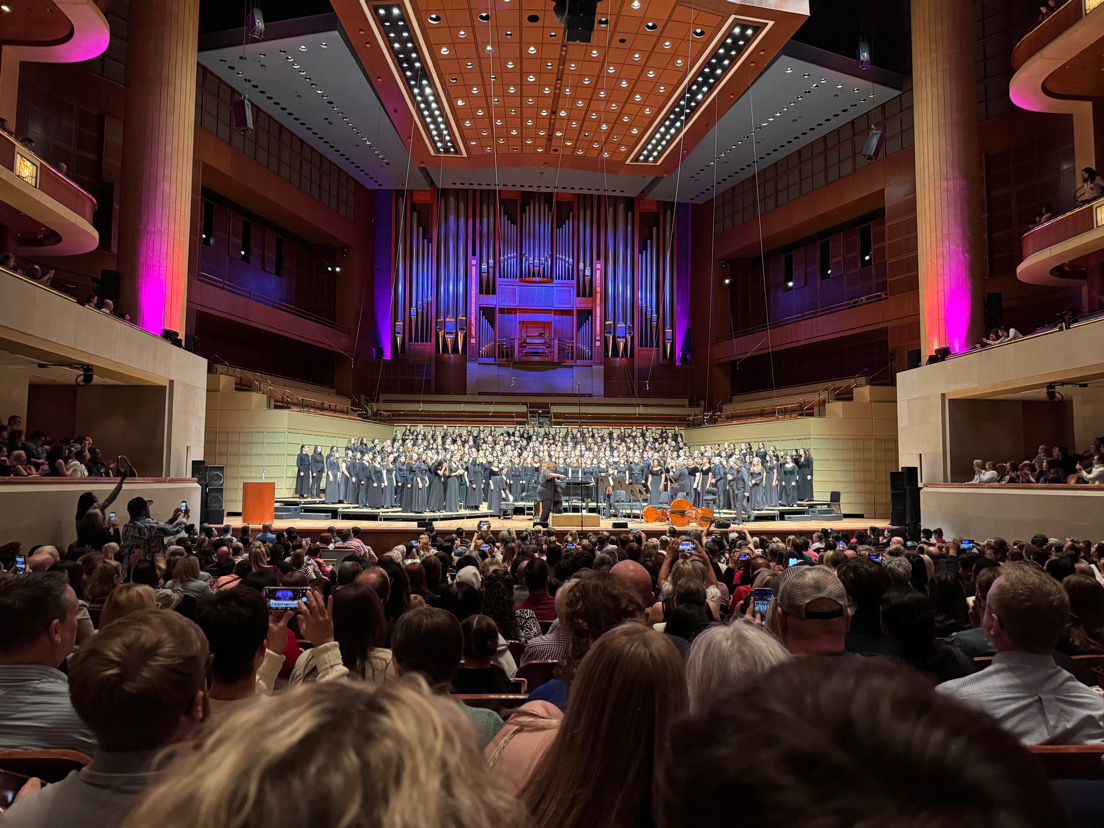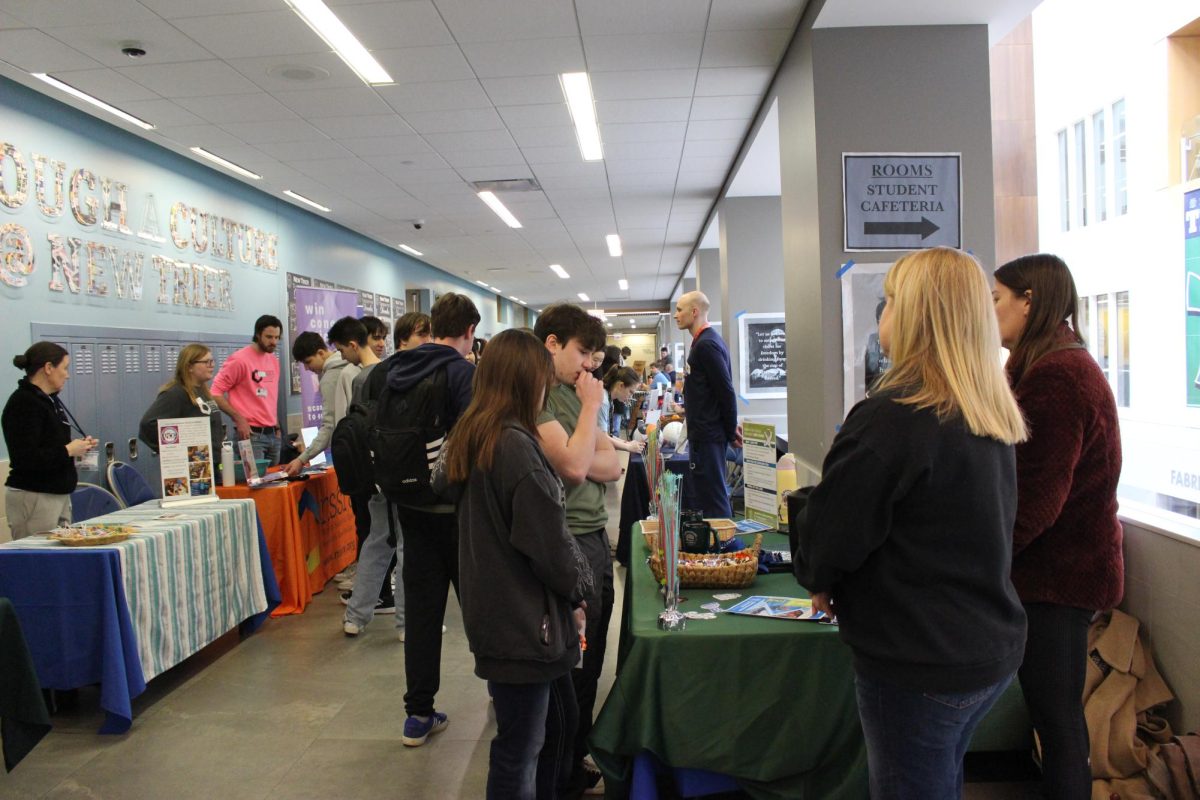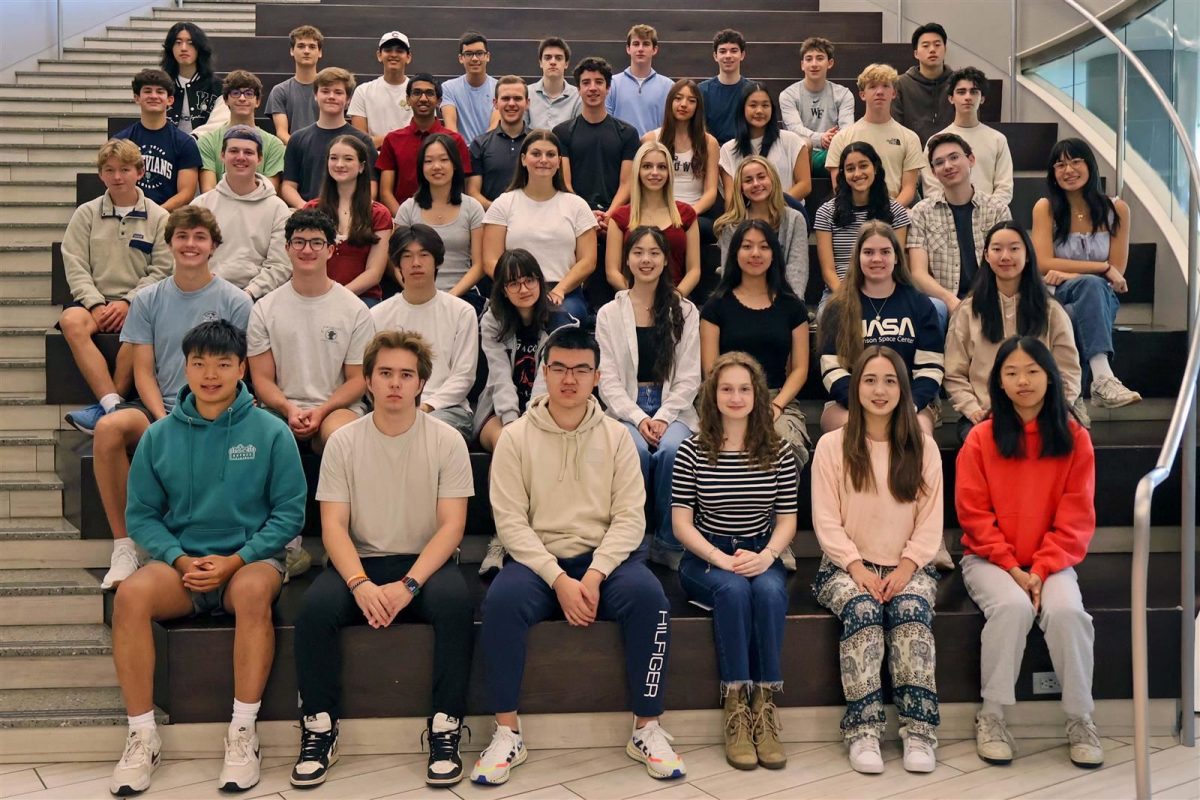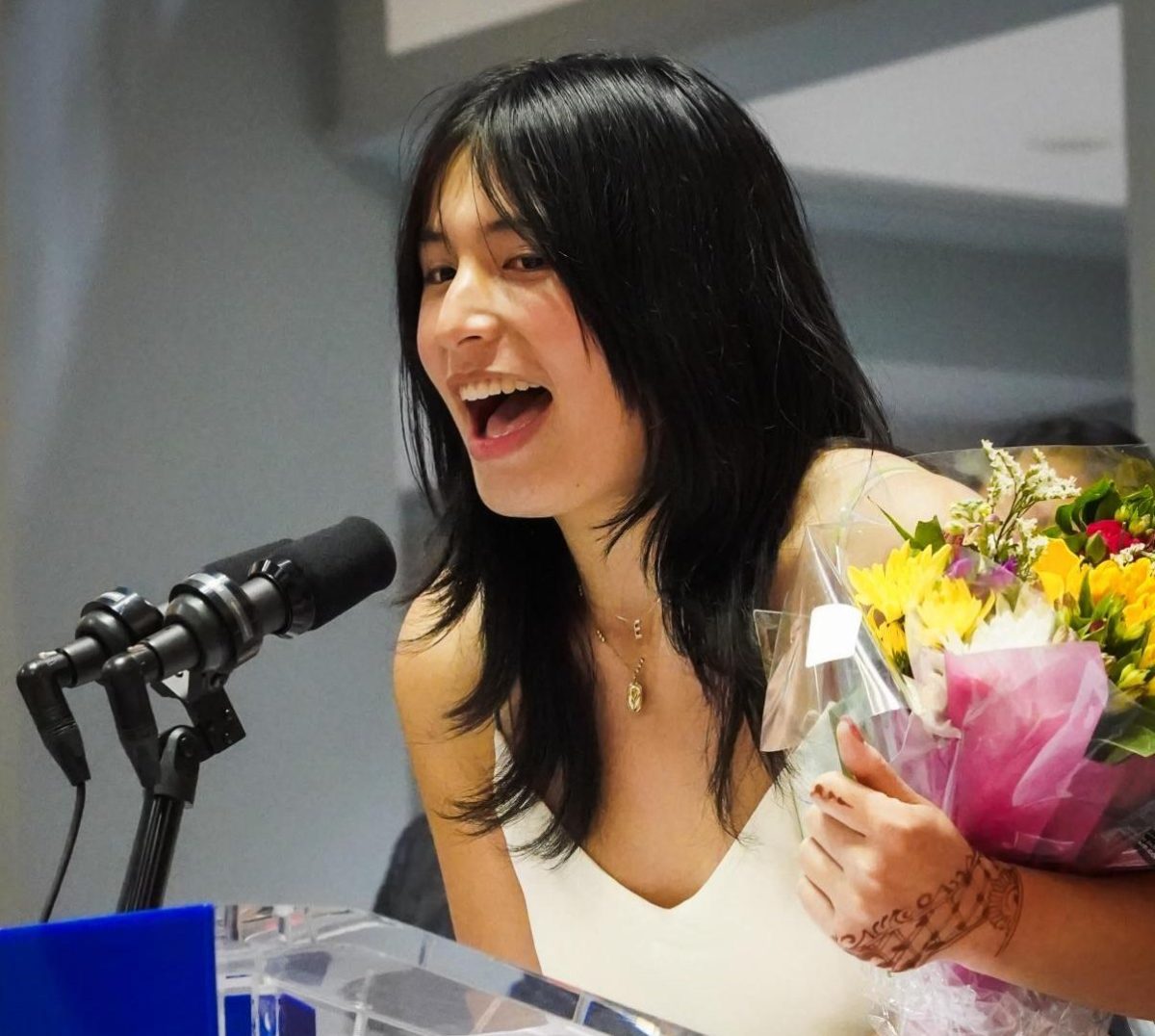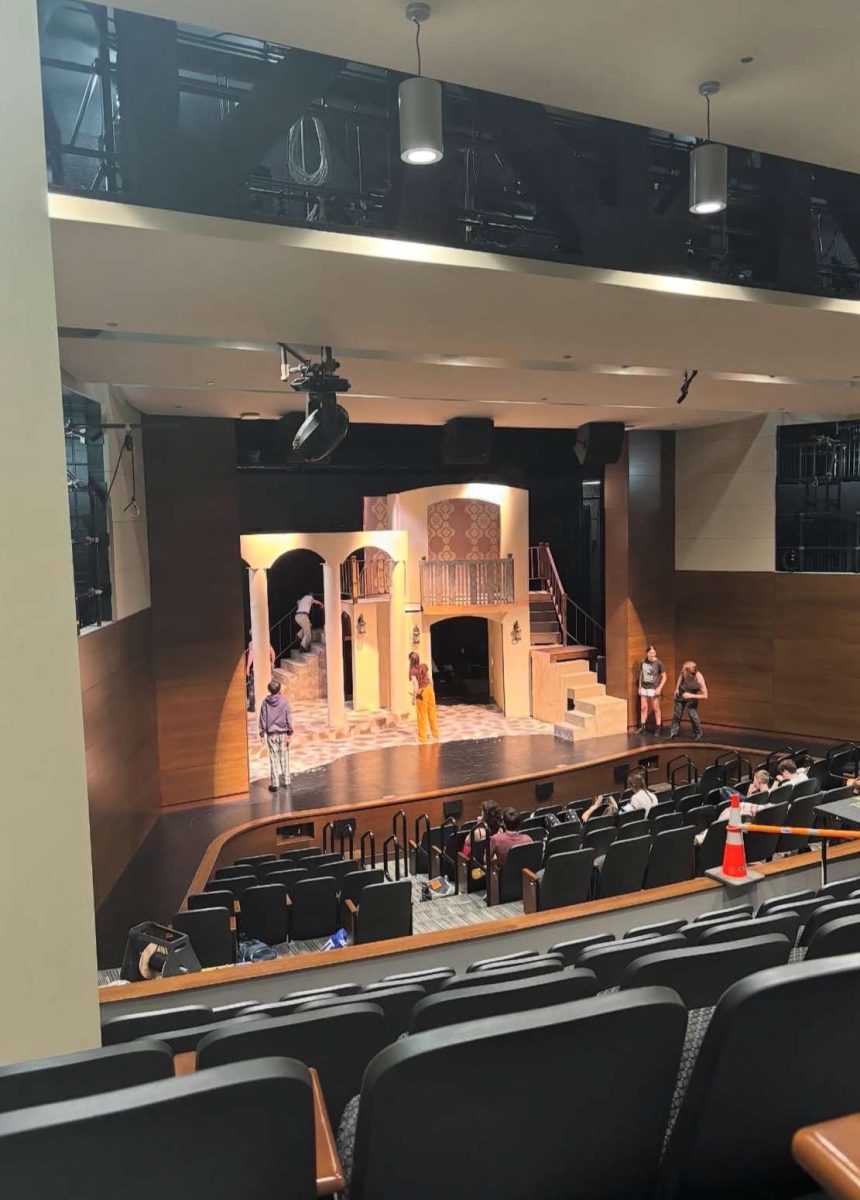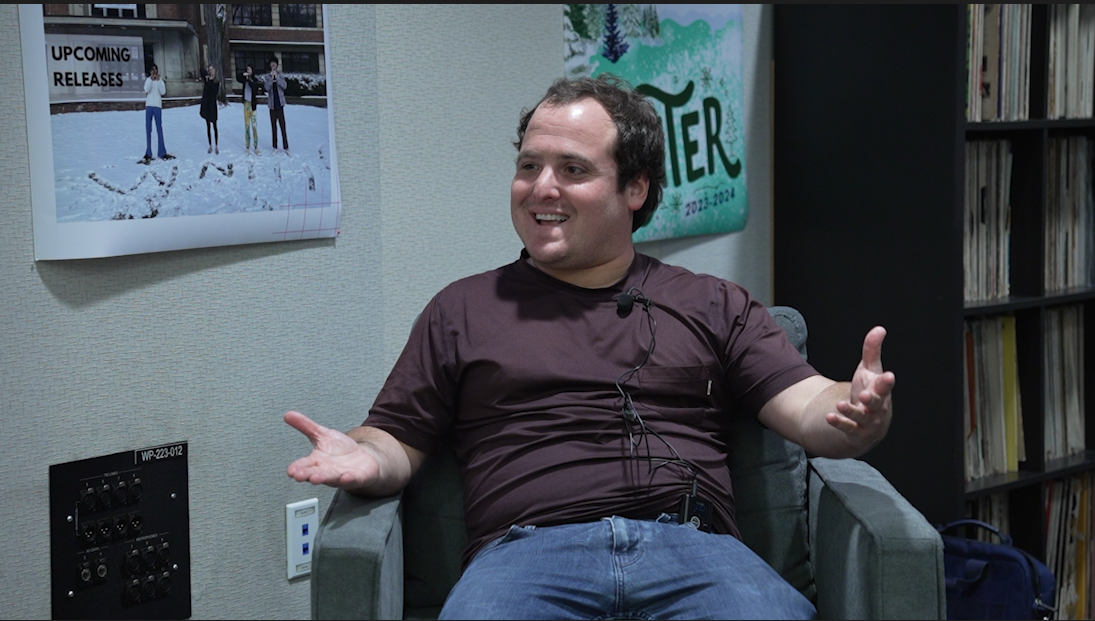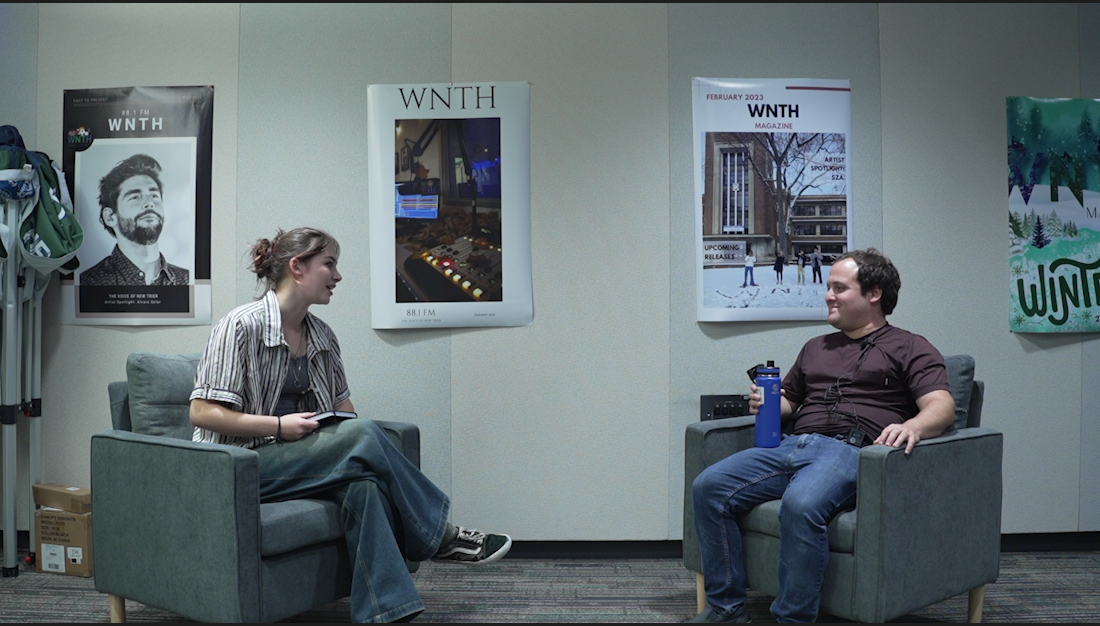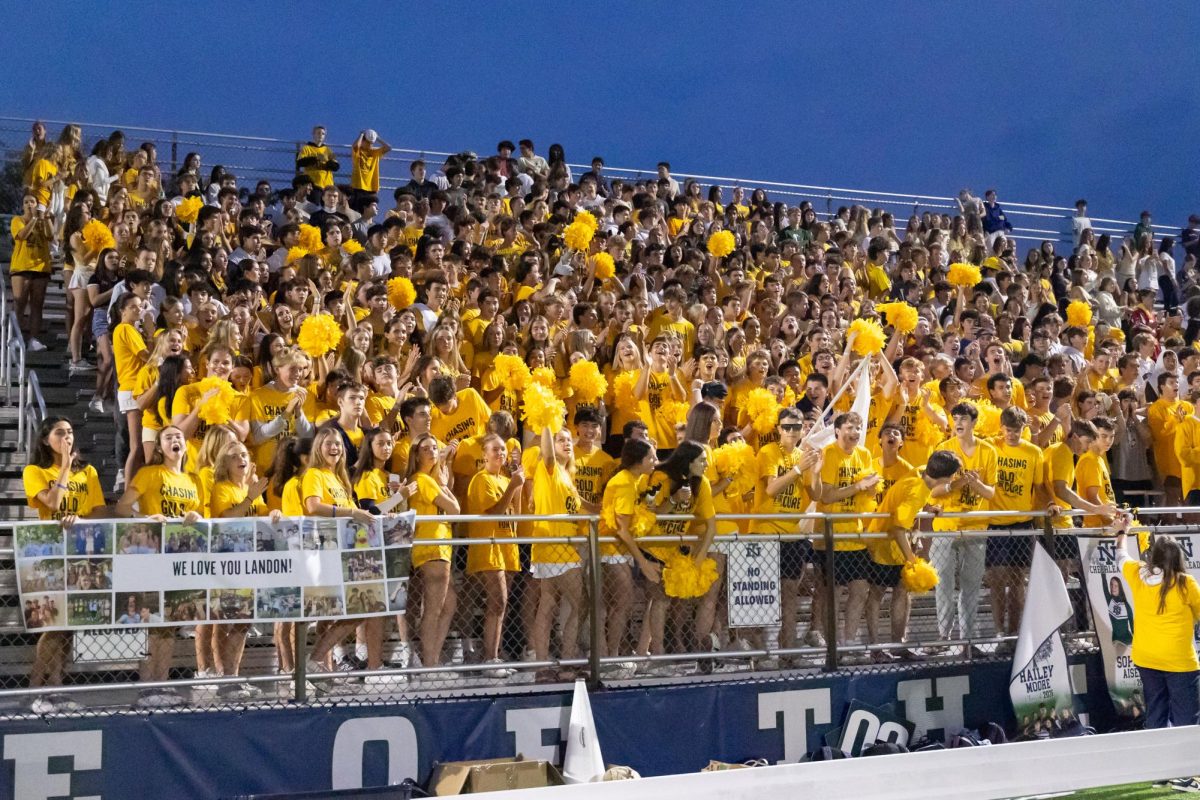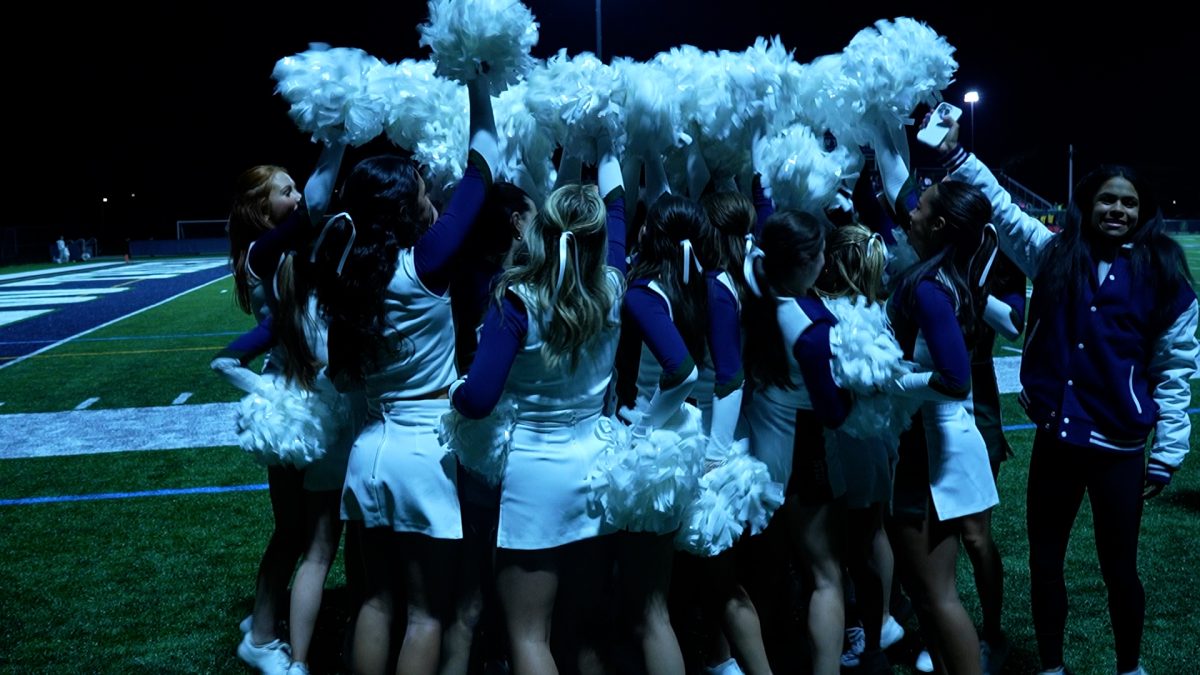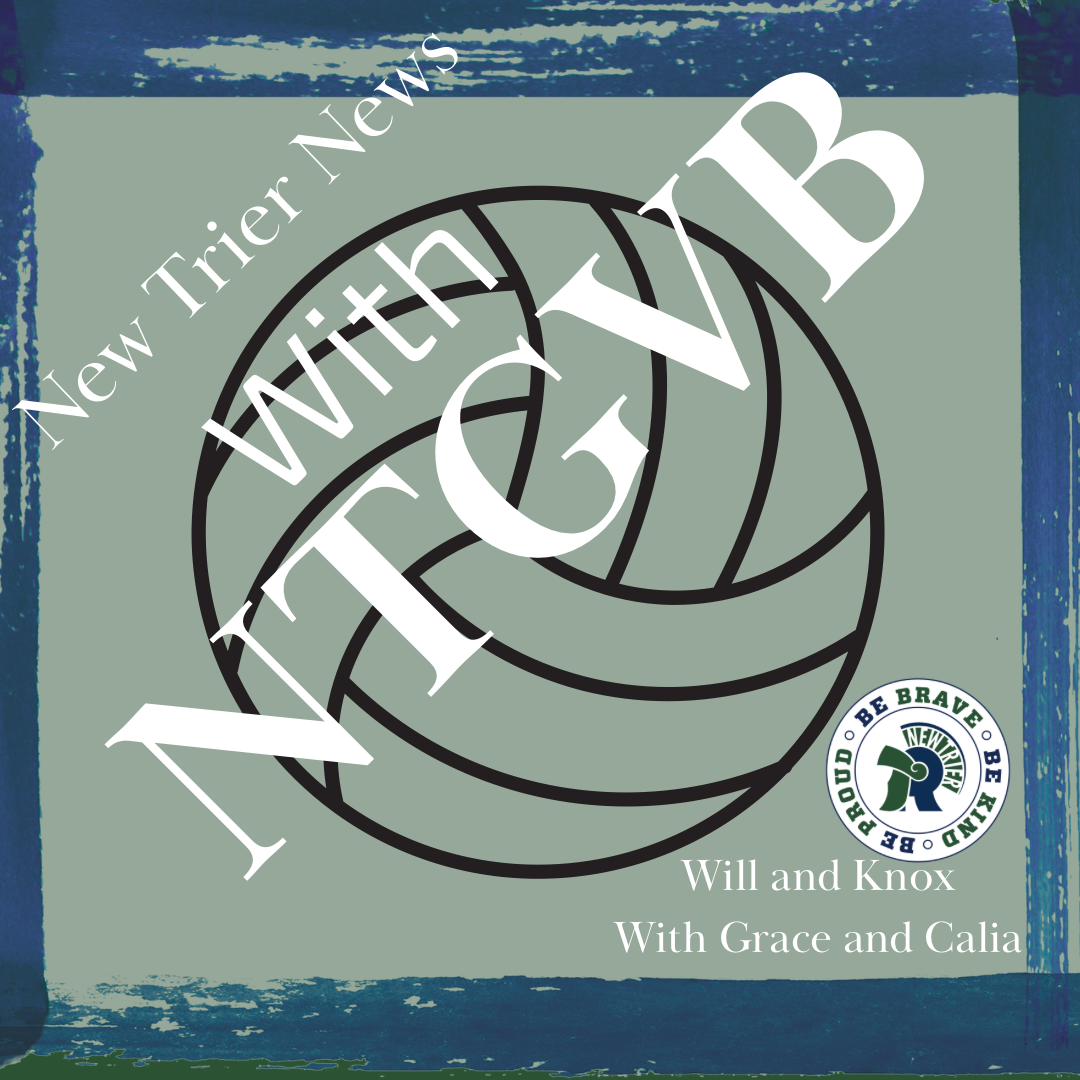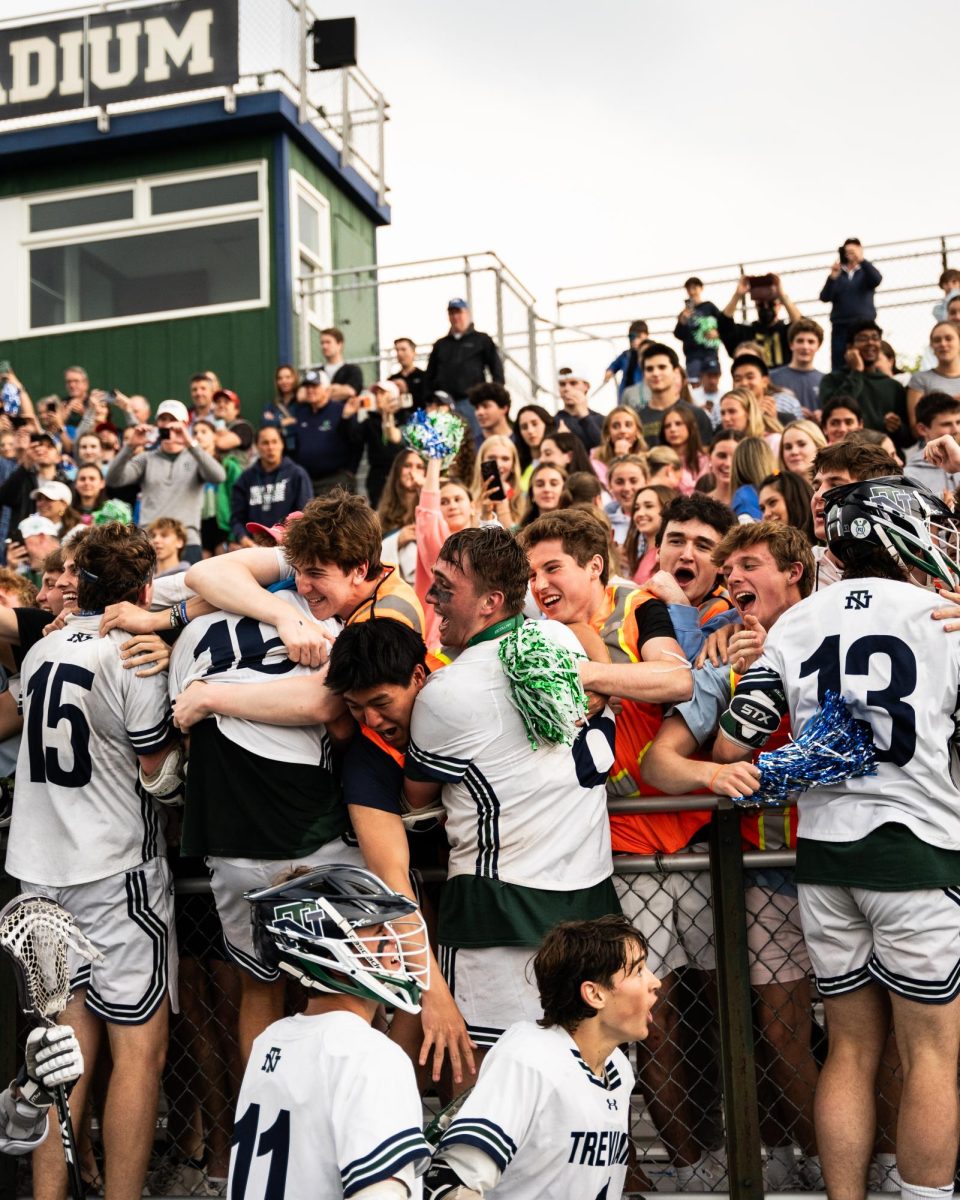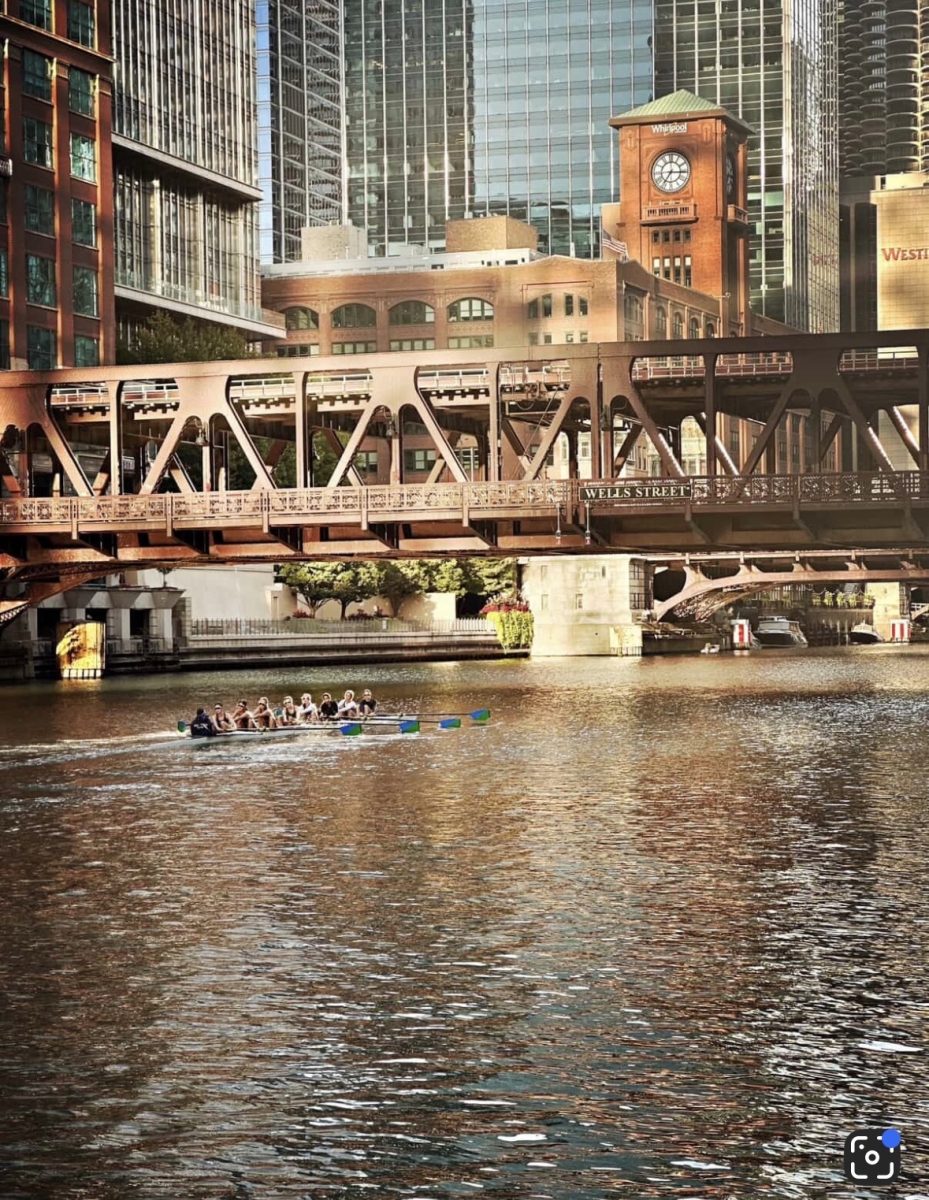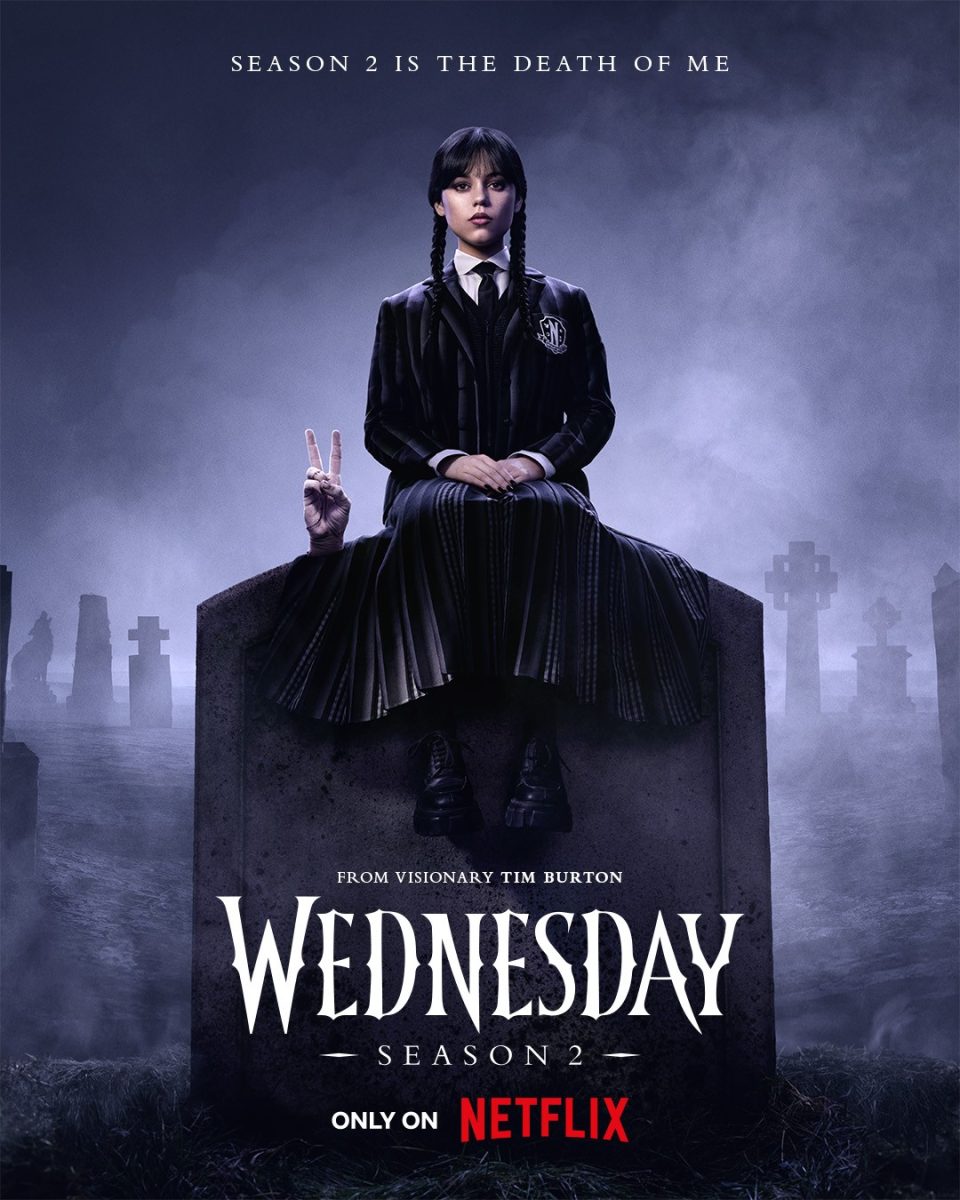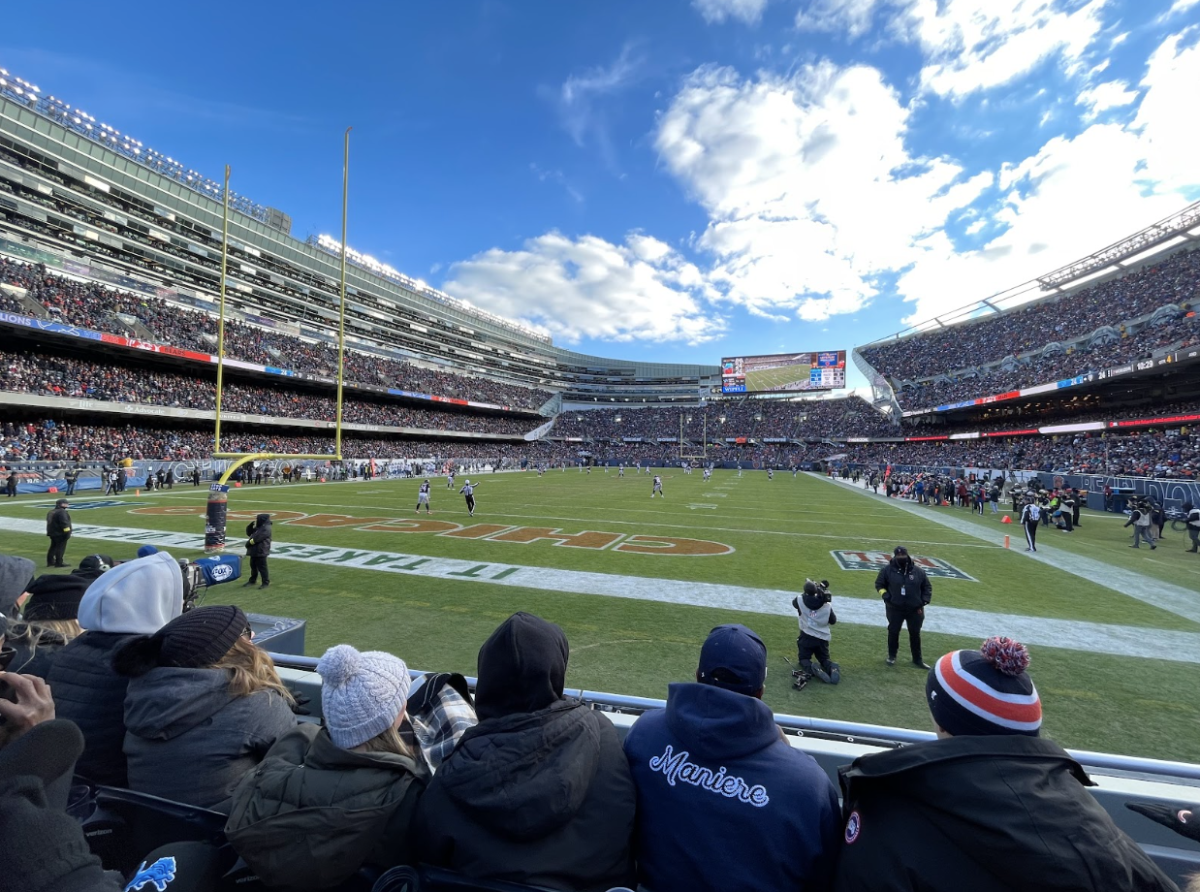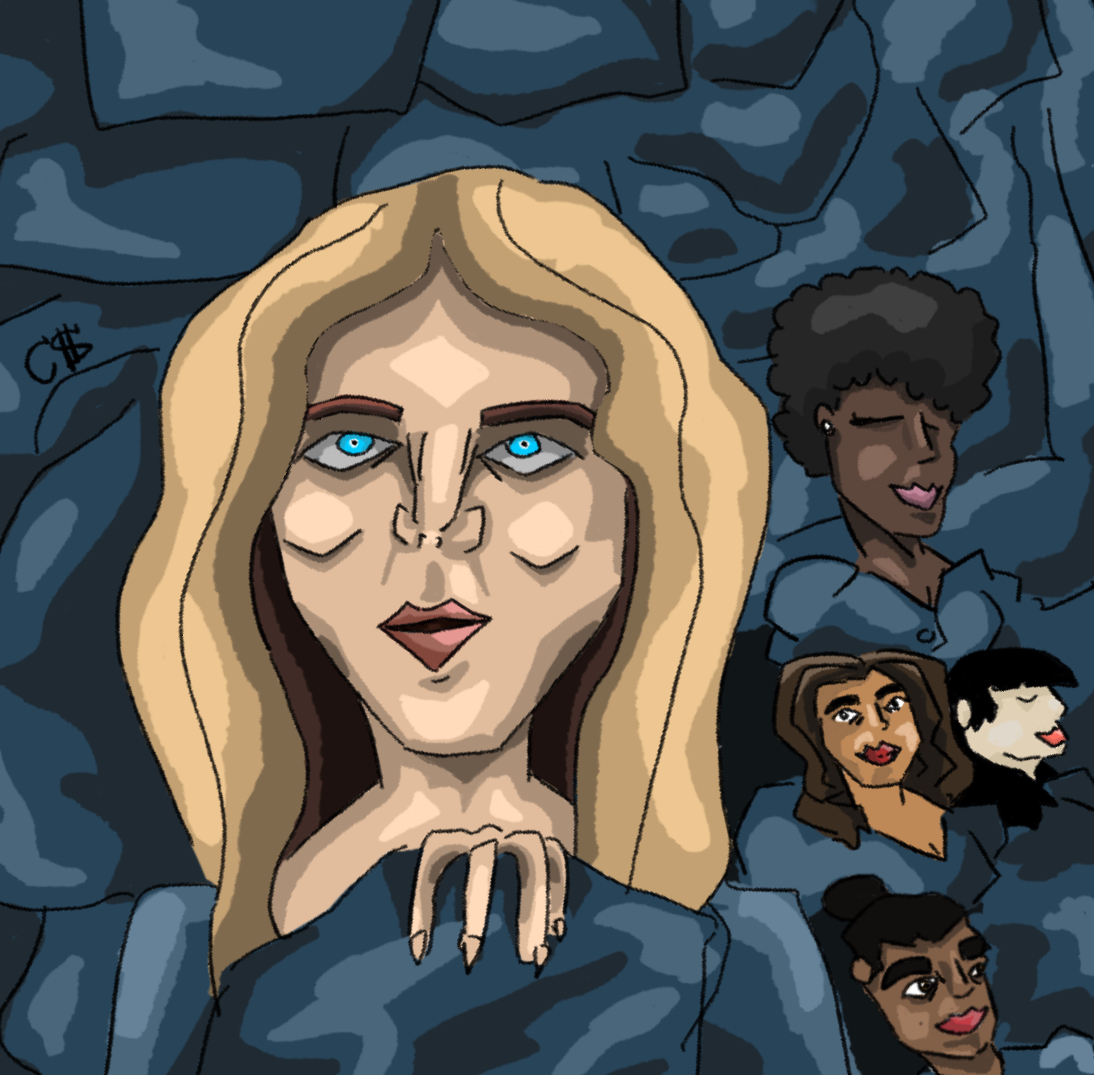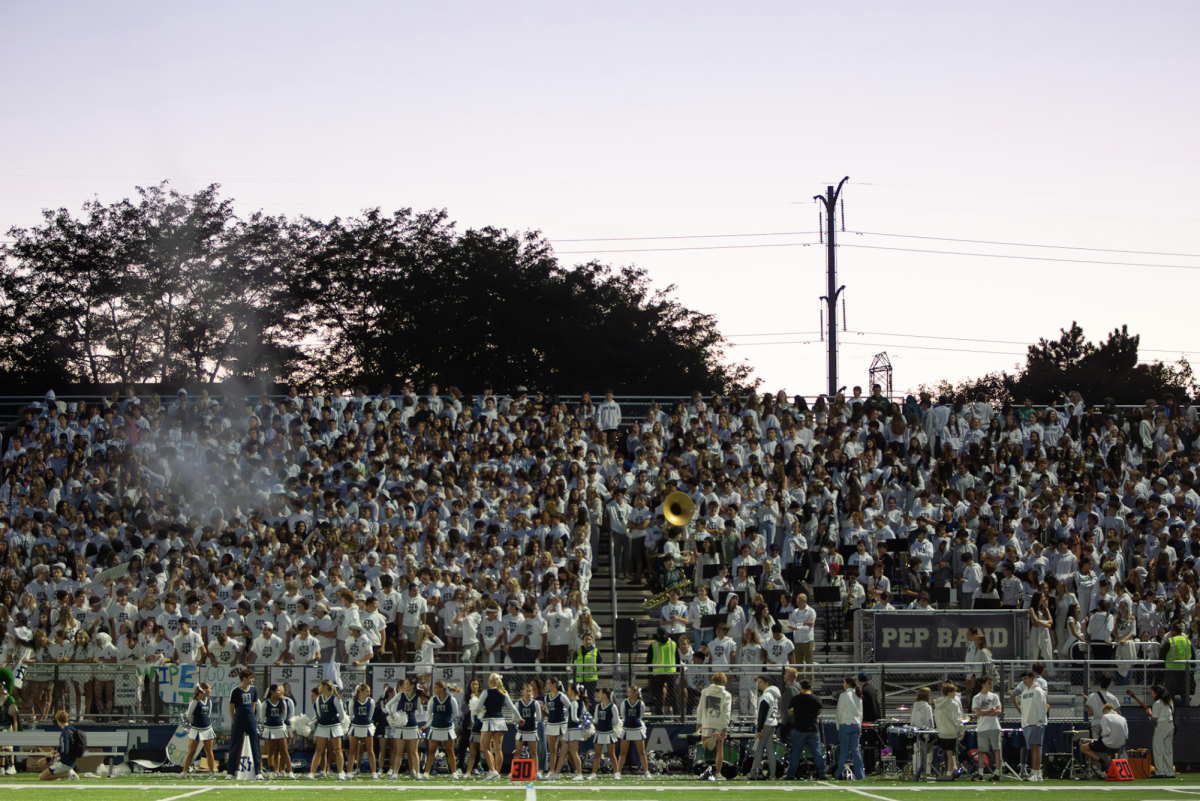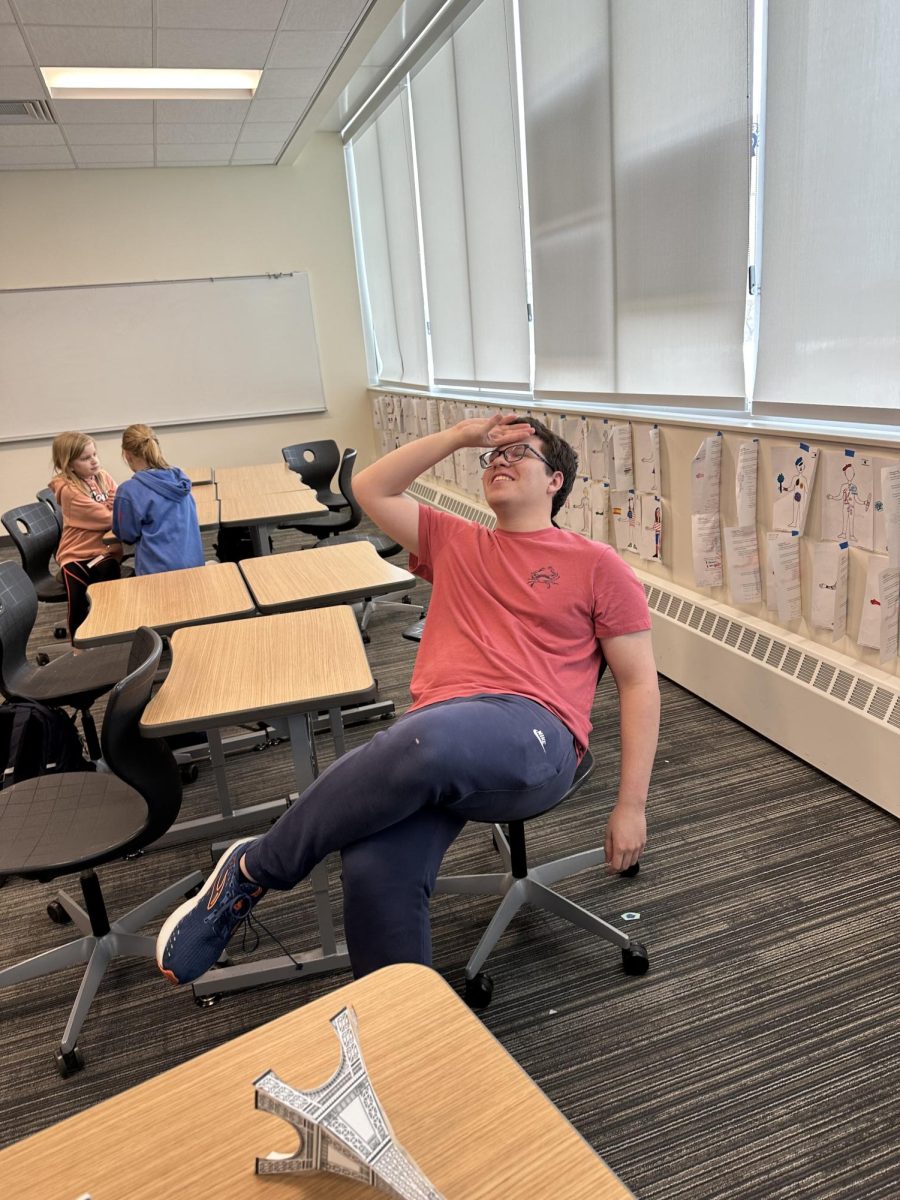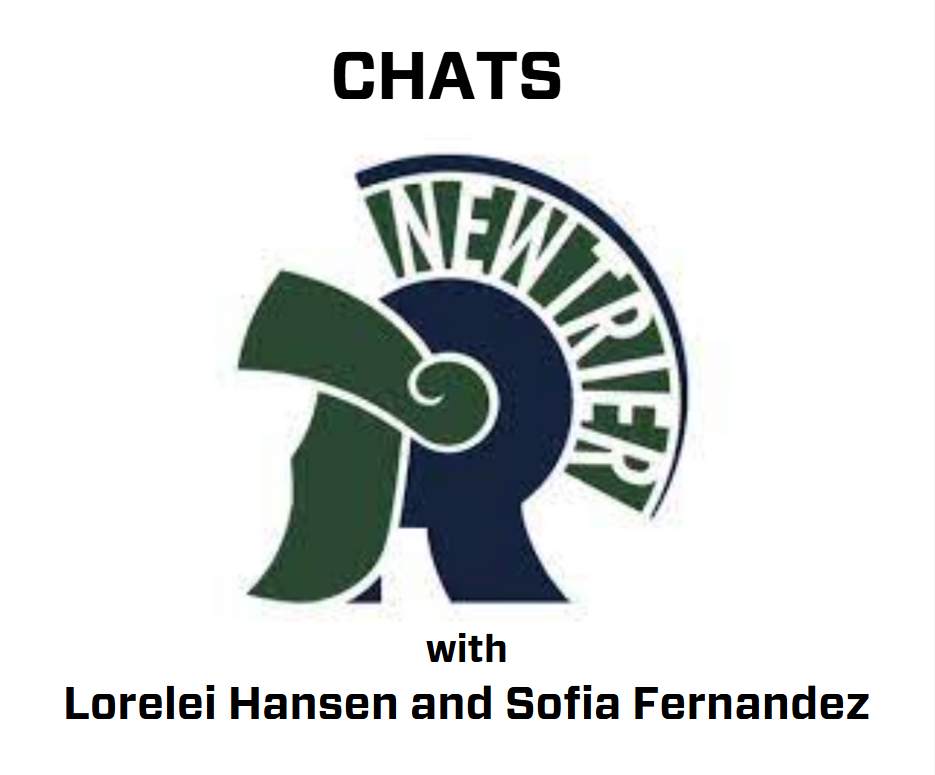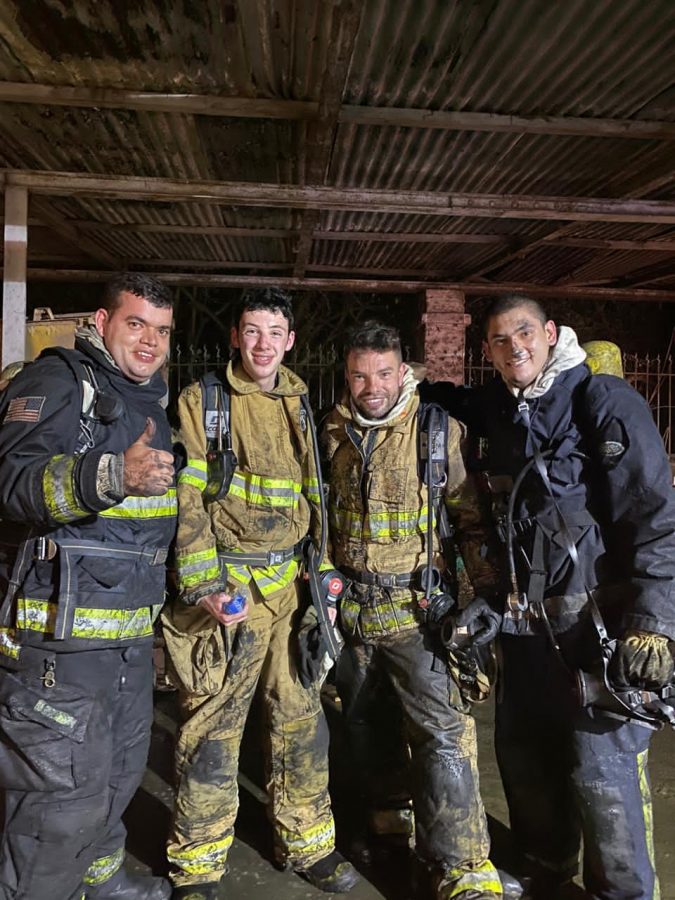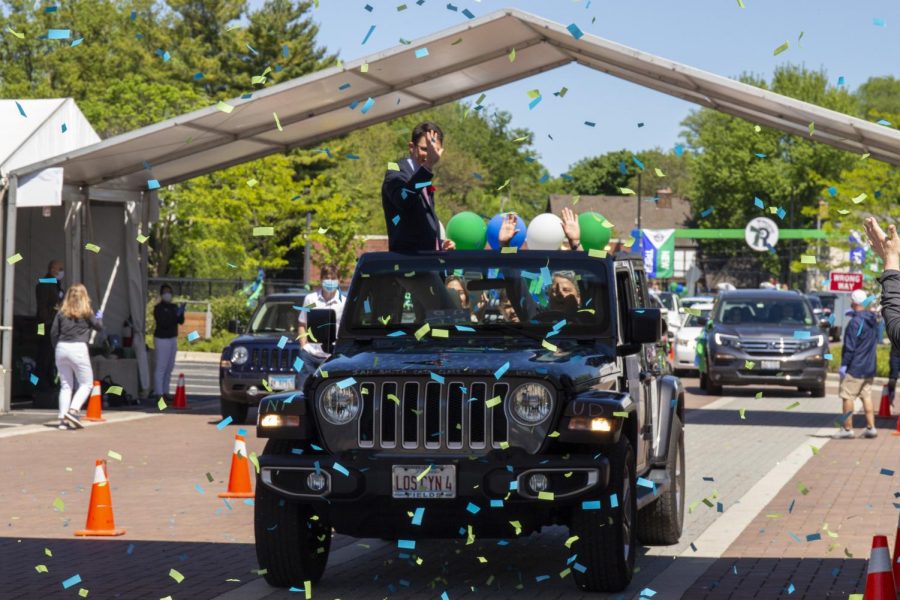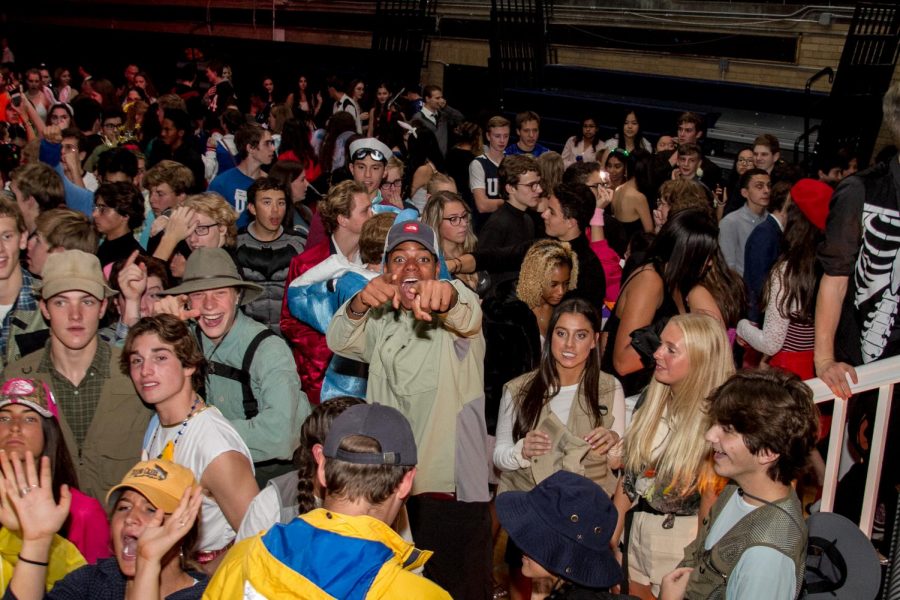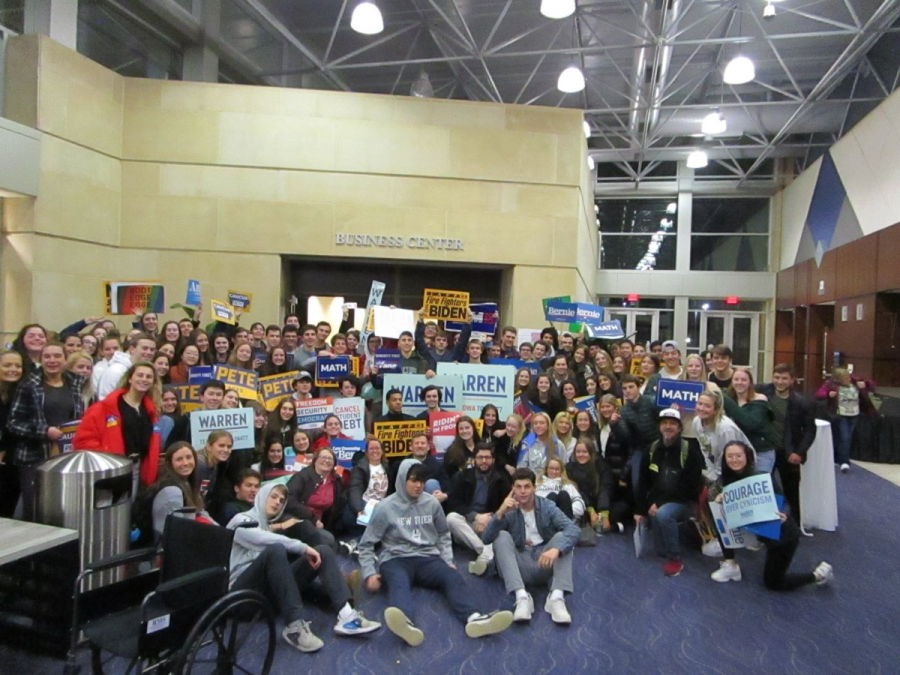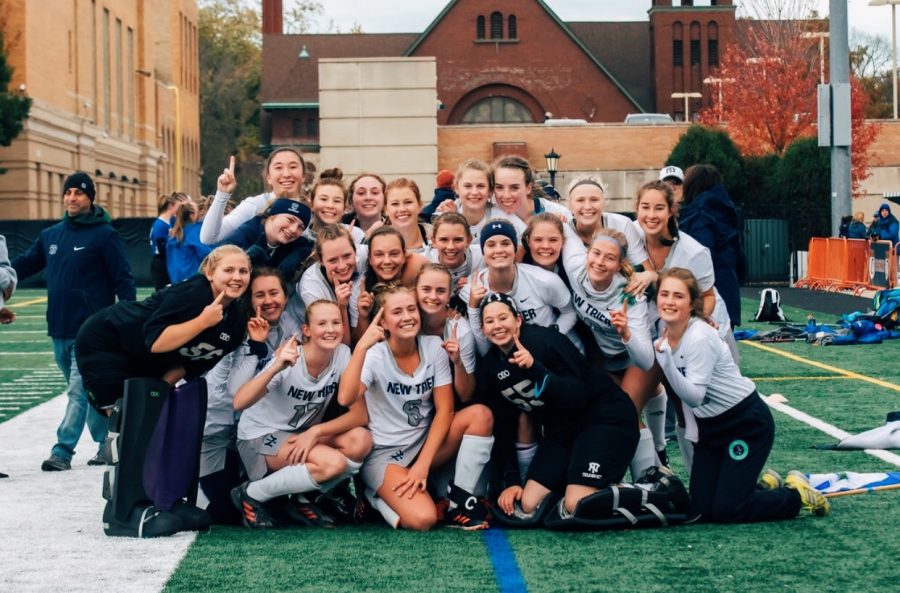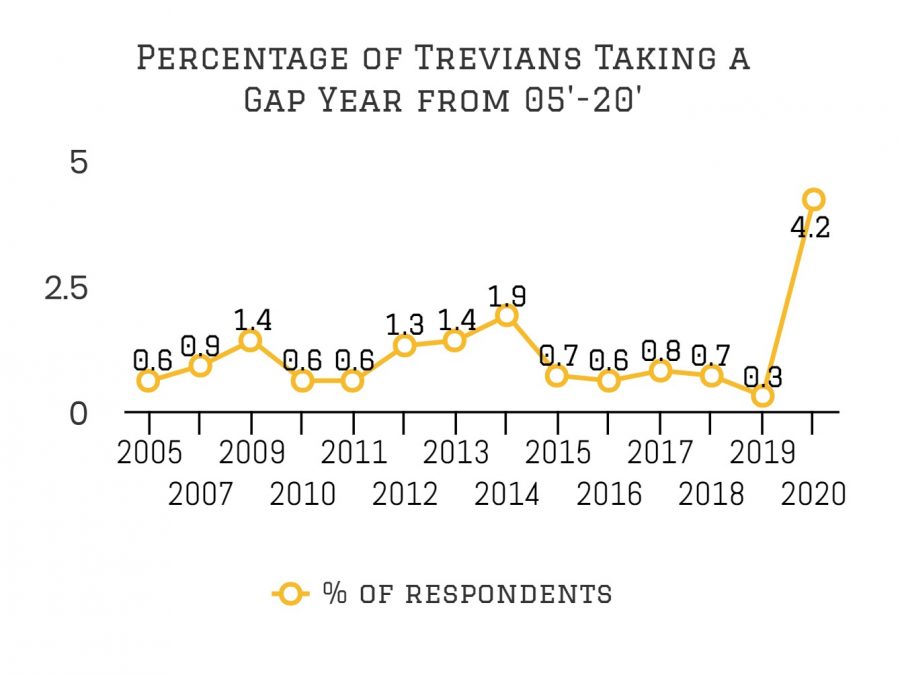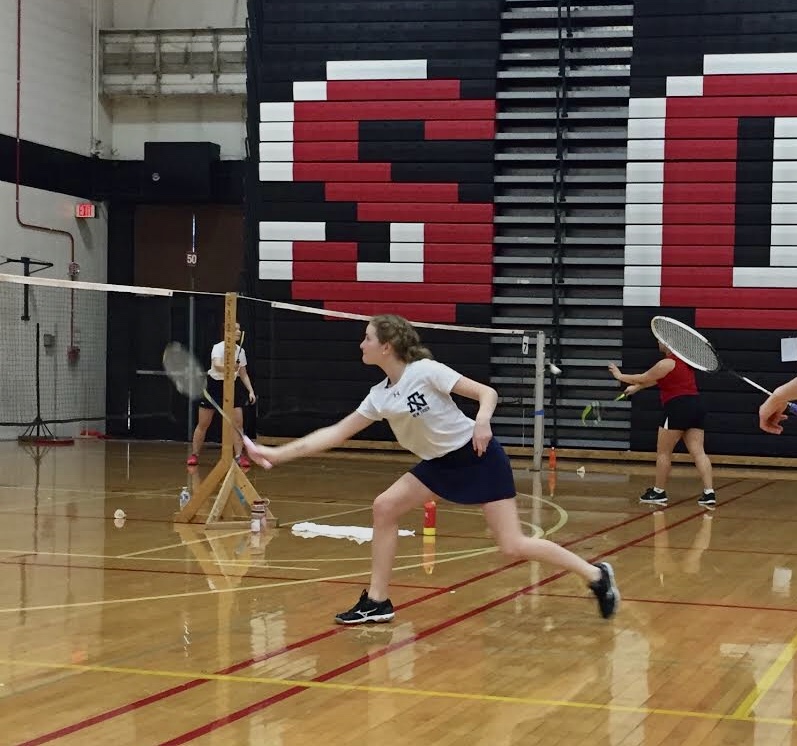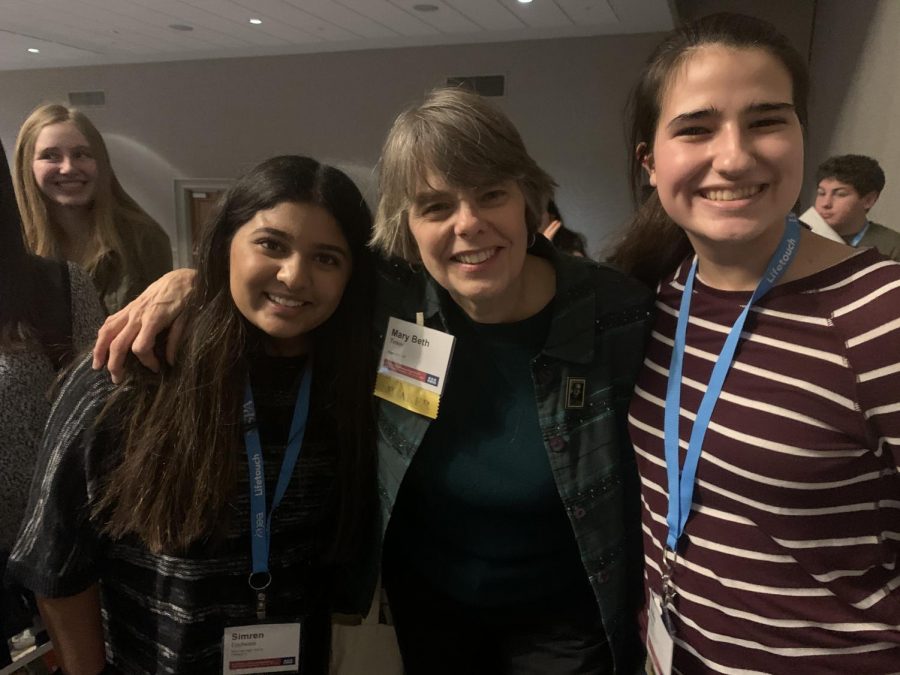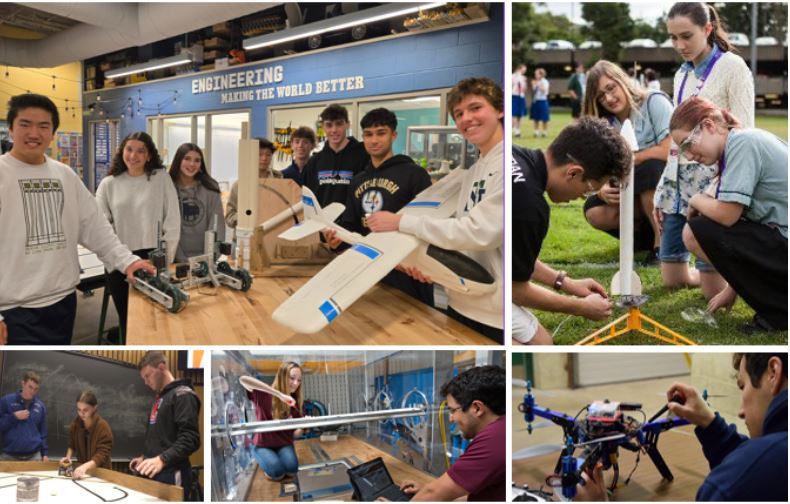In the upcoming 2025-26 school year, the New Trier Applied Arts Department plans to run two new classes: Game Design 1 & 2 and Aerospace Engineering, following years of planning and student feedback.
After running surveys and asking for student feedback, these two classes piqued the most interest among students.
“We want to best serve our community, and aerospace and game design were two great examples of two subjects that really emerged as areas our students really wanted to study.” Applied Arts Department Chair Jason Boumstein said.
Game Design 1&2
The new Game Design course will be split up into two one semester courses. Game Design 1 is set up to teach the fundamentals of game design, where students will be introduced to the platform Unity, one of the most commonly used game engines. If students wish to continue to Game Design 2, they will get to create their own video game.
“Students will learn how community centered design goes into game design,” Boumstein said. “How do you actually use games for the benefit of the good? How do you create human emotion? How do you create human engagement? And doing that through the platform of Unity to create these real working games.”
Open to sophomores, juniors and seniors at the Winnetka Campus, the class will be offered at Levels 8 and 9, and students who take both semesters will fulfill their Fine/Practical Arts graduation requirement.
In the class, students will learn the C# coding language, which is used in Unity to create games. Other core objectives of the class are to manage a project through development, understand the basics of game production, debugging various programs to improve the user experience, and finally taking a game from just a concept to the app store.
The teacher for this new course will be Nathan Silvers, who is a part of the Applied Arts Technology Education Faculty and also the head of the New Trier Esports team.
“He is really knowledgeable when it comes to games in general and different computer programming languages,” Boumstein said. “He really has a passion and interest for it. So just like with students, we want our teachers to be very passionate and interested in it as well.”
Silvers did not respond to efforts to reach him for comment.
Aerospace Engineering
Aerospace Engineering introduces students to the aerospace industry through different modules such as rockets, airplanes, drones, and rovers. The students will begin studying and even building models, with the opportunity to launch and use their own projects.
Joe Morales, who has taught Introduction to Engineering, will be teaching this class. Morales will bring extensive knowledge and experience to the class, as he worked as a mechanical engineer for Motorola for just over a decade.
Similar to the game design course, the class will be open to sophomores, juniors and seniors who have already taken Introduction to Engineering. The class will be offered at levels 9 and 4.
“It’s exciting to expand the engineering program and I’m really excited about the space aspect of the program that we’ll get to do,” Morales said. “We’ll be able to build rockets from scratch and understand the forces of it. We’ll also have access to Project Lead The Way software that allows us to program satellite launches.”
Key teachings of the class will include: the history of aeronautics and aerospace, the science that makes flight and space travel possible, and further developing the Human Centered Design methodology.
The class is not only focused around building different models and simulations, but also learning about the physics and science behind why the models and simulations are successful or unsuccessful.
“I’ve always loved running rockets,” Morales said, “so building those up and launching them on the field will be fun. We will look at a kind of wind tunnel testing and making gliders, and we also have a lighter than air, or blimp project.”

